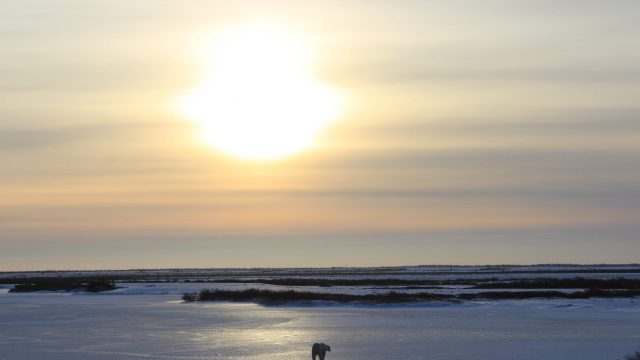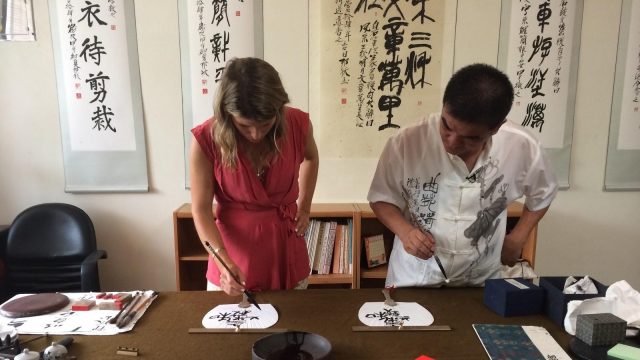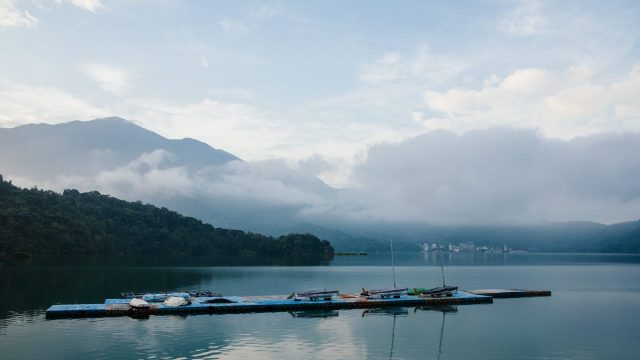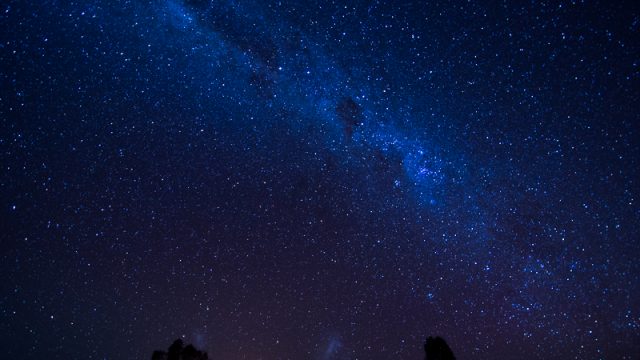
Touring Manitoba with Tauck
Published on December 8, 2014
by an AFAR Ambassador I had never heard of Churchill, Canada. I must have somehow glossed over my northern neighbor’s most central province in my junior high World Geography class, as well as on the wall-sized map that hangs over my camel colored sofa in my New York City apartment. Although I had only been […]
Keep readingExplore Taiwan Like a Local
Published on December 2, 2014
Travel expert, video journalist and contributor to Tripfilms.com, Kelley Ferro picked Taiwan for her first trip to Asia. The island nation has so much to offer; from the energy of the big city to the serenity of postcard-worthy beaches. Explore Taiwan alongside Ferro as she tours its vibrant landscape, culture, history and food with USTOA […]
Keep readingCycling Croatia
Published on November 25, 2014
by Colin Roohan, AFAR Ambassador As I slowly crawl up another incline on my bicycle I check my mirror to see a pack of septuagenarians inching closer and closer. In an instant, the ringing of passing bells mutes the sound of my bike chain. One-by-one the group passes me, most of whom have roughly 40 […]
Keep readingIn Croatia: Harder the Climb, the Sweeter the View
Published on November 11, 2014
by Kelley Ferro I consider myself an “active” person so when I joined up with VBT Bicycling and Walking Vacations “active” bike tour in the Croatia’s Dalmatian Islands, I thought it’d be no sweat. But to my surprise, there was a bit of sweat…in the best way possible. We grinded our gears up steady inclines […]
Keep readingTouring Croatia: Istria & Split
Published on November 5, 2014
by Colin Roohan, AFAR Ambassador As I sat inspecting my mosquito bites and mud-soiled shoes near the trailhead, I heard pandemonium from deep inside the dense Croatian forest: a mixture of laughter, amazement, and dog yelps. I knew right then exactly what was going on – a truffle had been found, and by the sound […]
Keep readingDiscover Australia’s Northern Territory
Published on October 27, 2014
Watch as travel expert, video journalist and contributor to Tripfilms.com, Kelley Ferro explores Australia’s Northern Territory. Touring with USTOA Member Goway Travel gave Kelley access to local guides, unique wildlife and once in a lifetime experiences that make this region one of the most culturally rich in the world. Highlights of the trip include hiking […]
Keep readingRevealing the Beauty of Taiwan
Published on October 20, 2014
by Colin Roohan, AFAR Ambassador It was the morning of my fifth day of an eight-day tour for USTOA tour operator member Ritz Tours and the tour was set to leave Kaohsiung in southeastern Taiwan. I remember getting on the bus with mixed expectations: I was extremely satisfied with what I had seen of the […]
Keep reading
Taiwan: Hospitality Needs No Language
Published on October 7, 2014
by Kelley Ferro When thinking of a story to share about my experience with USTOA in Taiwan, my first trip ever to Asia, there’s so much I could say. I could tell you about the overwhelming smell of stinky tofu, (which I did try, on camera…), the flashing lights, sounds and energy of the Shilin […]
Keep reading
Touring Taiwan’s West Coast
Published on September 22, 2014
by Colin Roohan, AFAR Ambassador Prior to heading to Taiwan I asked several friends of mine, most of which are well-traveled, what they thought of their time spent on this beautiful island and in most cases they all replied with the same thing: they wished they had seen more than just Taipei and its surrounding […]
Keep reading
Northern Territory: On The Big Sky Life
Published on September 8, 2014
by Flash Parker, AFAR Ambassador I told Goway Travel and the Tourism Northern Territory crew that I am as brave as they come; I’m willing to stare two-pronged danger in the face, go toe-to-toe with crocodilian terrors, and dance with thorny mayhem – so long as it’s behind three inches of safety glass. That’s how […]
Keep reading
